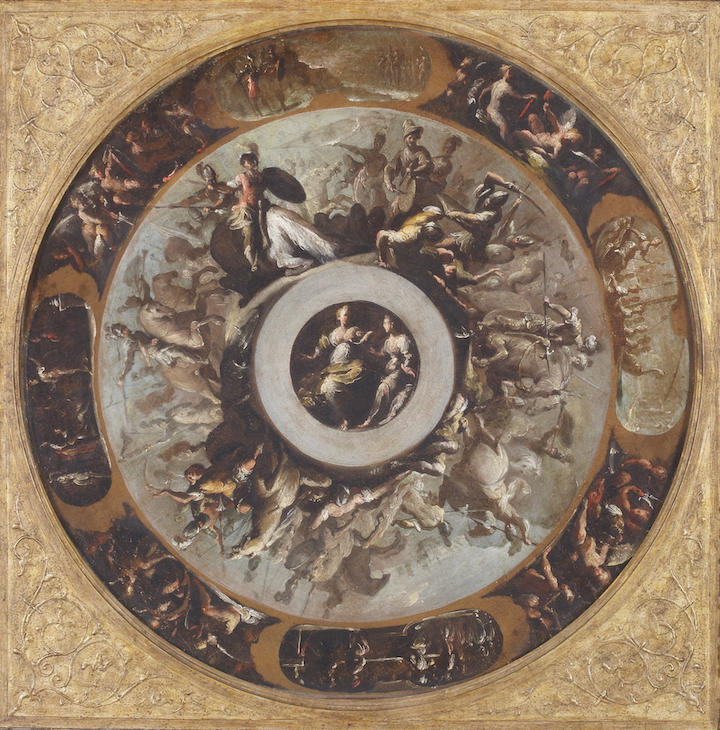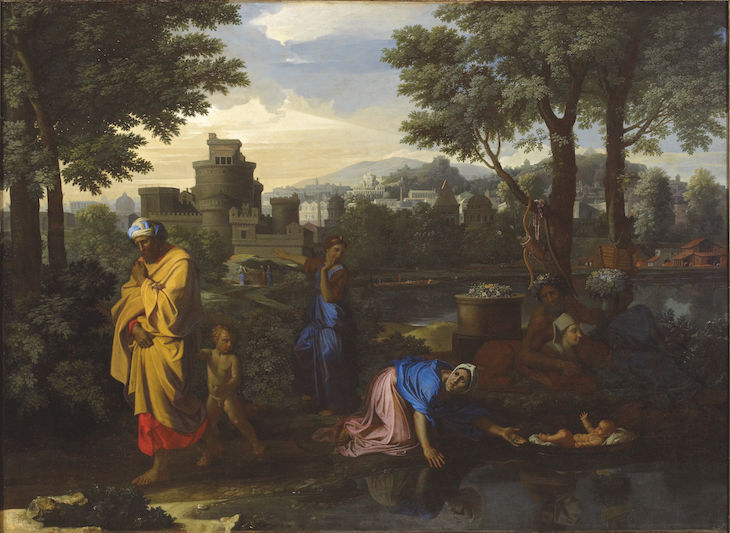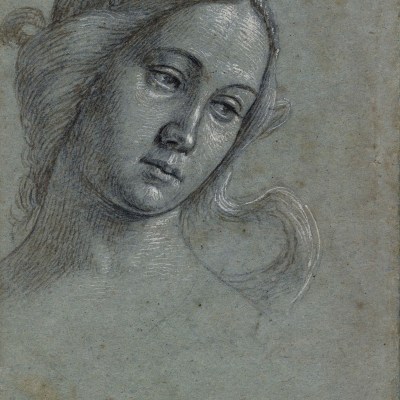It is encouraging to observe that, even though many museums in the UK have suffered recently from underfunding and understaffing, scholarship of the highest quality is still being produced. Printed collection catalogues – against all odds – are still being published, and many of the most talented curators in the country have worked on catalogues of their permanent collections in the past 10 years. In the field of paintings, the National Gallery has published Lorne Campbell’s catalogue of 16th-century Netherlandish paintings (2014) and Giorgia Mancini and Nicholas Penny’s catalogue of 16th-century Bolognese and Ferrarese paintings (2016); and Dulwich Picture Gallery recently produced its catalogue of Dutch and Flemish paintings by Michiel Jonker and Ellinoor Bergvelt (2016). In this scholarly landscape of cataloguing, the National Gallery volumes – and in particular those authored by Lorne Campbell, Dillian Gordon, and Nicholas Penny – stand as monuments and examples for all future curators.
The Ashmolean Museum, having gone through a major refurbishment in 2004–09, has just published its sizeable catalogue of southern baroque paintings, authored by the head of its department of Western art, Catherine Whistler. The Ashmolean has been somewhat inadequately archived in the past, and what Whistler has achieved in this volume is impressive in terms of information on the paintings under her care. The catalogue examines 186 paintings, divided into three clear sections (each in alphabetical order by artist). The first part considers the majority of the works in the volume: 127 Italian paintings from the 17th to the 19th century. The second looks at 46 French (and some northern) paintings from the 17th and 18th centuries. This is followed by the section on Spanish (and Portuguese) paintings, also from the 17th and 18th centuries. It is disappointing to find that the Ashmolean owns only 13 Spanish paintings, mostly of relatively low quality, with the exception of Maíno’s Portrait of a Monk.
Design for a silver basin (c. 1613–c. 1624), Bernardo Strozzi. Ashmolean Museum, Oxford

Whistler deftly captures the character of the collection. An ‘Ashmolean picture’ is described by her as ‘early or untypical works by major artists, unusual pictures with a strong scholarly appeal or fine paintings by little-known artists, generally small in scale’. The catalogue is, therefore, a fascinating study on often obscure, but thought-provoking paintings, many of which were previously unpublished. Among the treasures of the collection is the large number of small Italian paintings – modelli or ricordi – often by significant artists, such as the four sketches by the Genoese painter Bernardo Strozzi, including the striking design for a silver basin. This was purchased in 1969, only five years before the museum acquired the silver Lomellini ewer and basin. This is a fitting example of how university museum collections can grow in interesting directions, encouraging the fundamental paragone between painting, drawing, sculpture, and the decorative arts.
The history of the Ashmolean’s acquisitions of baroque paintings is, as one would expect, a chequered one; Whistler concisely recounts this history in an excellent introduction. The variable interest in baroque art has to be judged against the broader background of art-historical taste in the 19th and 20th centuries. The National Gallery, for example, bought hardly any baroque paintings between the 1860s and the 1950s. When the Ashmolean Museum was created in 1845, Renaissance art was still seen as the principal area in which to collect, and the influence of Ruskin, especially in Oxford, was particularly strong. Most baroque paintings came to the Ashmolean as occasional gifts, starting with a post-Grand Tour aesthetic and moving into a more scientific dimension in the middle of the 20th century, thanks to personalities such as Anthony Blunt and Denis Mahon, and to the editorship of Benedict Nicolson at the Burlington Magazine. The importance of Mahon, who donated 12 of his paintings to the Ashmolean, cannot be underestimated, and the catalogue is dedicated to his memory.
Young Woman with a Macaw (1760), Giovanni Battista Tiepolo. Ashmolean Museum, Oxford

The tenures of the museum’s most famous keepers – Charles F. Bell, Kenneth Clark, Karl Theodore Parker and Kenneth Garlick – also had a huge impact on its acquisitions of baroque paintings. Clark’s short term at the Ashmolean was marked by the purchase of one of its most beautiful paintings and the only baroque picture acquired during that time – Piero di Cosimo’s Forest Fire in 1933. Parker was more active in the field, and in the 1950s he bought the two paintings that can, arguably, be considered the best baroque pictures in the Ashmolean. In 1950, Poussin’s prodigious Exposition of Moses, painted for his friend Jacques Stella, was purchased from the Fry family; and in 1955 he was able to secure Tiepolo’s Young Woman with a Macaw from the collection of Ernest E. Cook. Even though often in competition with the National Gallery (and its larger budget), the Ashmolean’s acquisitions in this period were particularly inspired.
A number of unexpected facts can be found in this catalogue. It is surprising, for example, to discover that Arthur Evans, the celebrated archaeologist and scholar of Minoan civilisation was also, in between excavation campaigns at Knossos, an active buyer of paintings in the antique shops of Athens. He was Keeper of the Ashmolean from 1884 to 1908 and presented a number of his pictures to the museum, including one which he attributed (wrongly) to Guido Reni and another possibly by Pietro Paolini. Even though none of Evans’s paintings can really be praised for their quality, they are nonetheless curious works of art.
Each painting is illustrated in the catalogue together with its frame, and the entries show a particular attention to detail (not only provenance and bibliography, but also comprehensive technical entries and information on the frames), which makes this handsome volume exceptionally valuable. It is hoped that the example of the National Gallery and of Dulwich Picture Gallery, now followed by the Ashmolean Museum, will inspire other museums in the UK to continue to catalogue their holdings.
From the September 2017 issue of Apollo. Preview and subscribe here.



